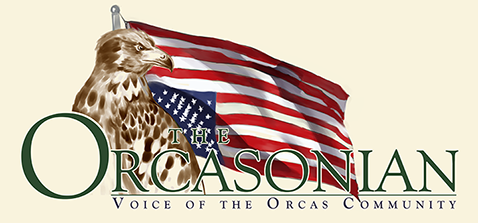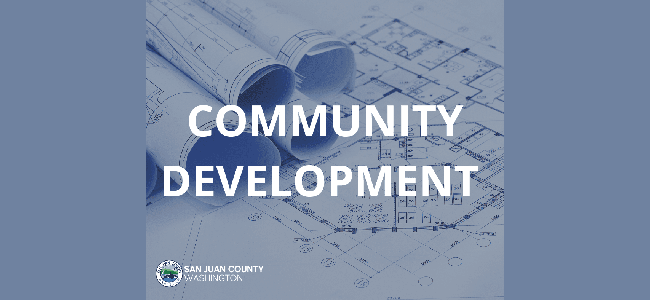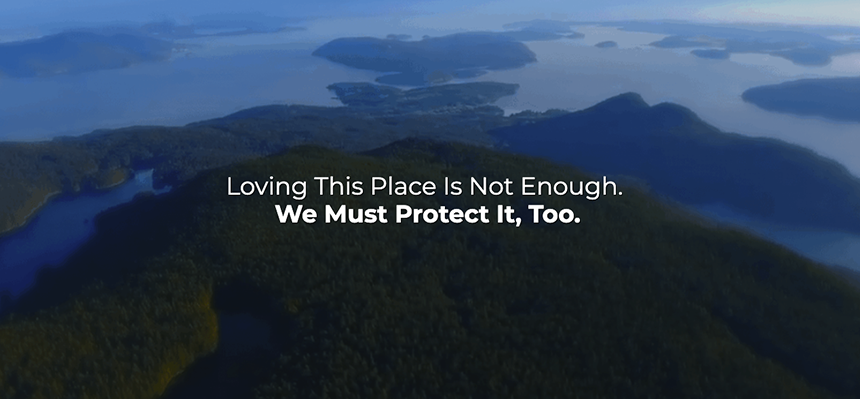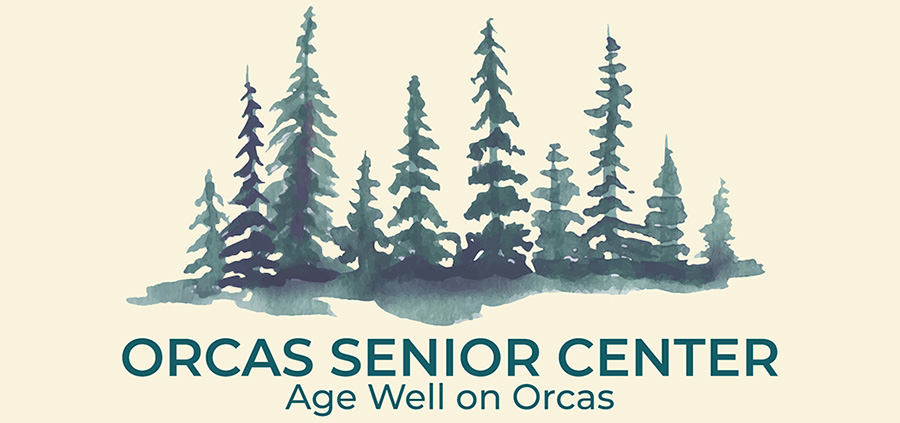||| FROM SAN JUAN COUNTY COMMUNICATIONS |||
San Juan County is updating its critical areas protections with the support of a consultant team from Facet LLC. The County is required to protect five different kinds of critical areas and, because the protection regulations are adopted as ordinances, they are known by the generic singular ‘CAO’ or plural term, ‘CAOs’.
All counties, cities, and towns in Washington State planning under the Growth Management Act (GMA) are required to periodically review and update the CAO regulations. San Juan County’s CAO was adopted most recently in 2013 and implemented in 2014. The County needs to update its CAO again to be compliant with GMA standards and be more eligible for certain grant funding. The County’s goal is to adopt an updated CAO by March of 2026. Check the County’s website for ongoing information: https://www.sanjuancountywa.
The CAO update process includes:
- Implementing a public participation plan (Council was briefed on the plan during the April 22, 2025 meeting)
- Reviewing and incorporating changes in the GMA into the CAO
- Reviewing, updating, and analyzing the relevant scientific data
- Hosting Planning Commission work sessions and hearings
- Presenting at County Council meetings and hearings
What is a ‘Critical Areas Ordinance?’
Critical areas (defined in San Juan County Code 18.20.030) include:
- Critical aquifer recharge areas (CARA) (SJCC 18.35.080)
- Wetlands (SJCC 18.20.230)
- Frequently flooded areas (FFA) (SJCC 18.20.060)
- Areas with geologic hazards (SJCC 18.20.070)
- Certain types of fish and wildlife habitat including marine shorelines, lakes, natural ponds, streams, and habitats associated with particular plants and animals AKA Fish and Wildlife Habitat Conservation Areas (FWHCA). (SJCC 18.35.115)
The purpose of critical area regulations is to ensure that development does not harm water quality, groundwater recharge, wetlands, and some fish and wildlife habitats. The CAO includes regulations for tree protection zones, water quality buffers, habitat buffers, and prescribed development standards within floodzones and geohazards.
Best Available Science
The term ‘Best Available Science’ refers to the body of scientific work used to establish these regulations. The best available science adopted for the County’s current CAO dates back to 2011. This will be updated as part of the CAO update effort.
The County will draw from updated reports provided by the state agencies to update the best available science that will inform updated regulation in the CAO.
Public Participation
County staff are currently working alongside the consultant to update the best available science and draft new regulations that will meet the Growth Management Act (GMA). The initial draft of the updated goals and policies will be available in June as part of the ongoing Comprehensive Plan update. The first draft of the proposed regulation changes will be available in August of 2025.
At that point, the public will have the opportunity to review and ask questions about the best available science, read the proposed changes, and provide comments on the proposed amendments.
The County will host a series of community meetings during the early fall to solicit public feedback. More information, including public participation opportunities, drafts, and hearing dates, will be shared as they become available. Check the project page for details and updates.
Questions and comments should be directed to Colin Maycock, Planner IV, at colinm@sanjuancountywa.gov.
About San Juan County’s Department of Community Development
San Juan County’s Department of Community Development is responsible for building permits and inspections, code enforcement, land use designations, long range planning, and more. The department’s main office is located at 135 Rhone Street, Friday Harbor, WA 98250. For more information about San Juan County’s Department of Community Development, visit www.sanjuancountywa.gov/1778/
**If you are reading theOrcasonian for free, thank your fellow islanders. If you would like to support theOrcasonian CLICK HERE to set your modestly-priced, voluntary subscription. Otherwise, no worries; we’re happy to share with you.**







